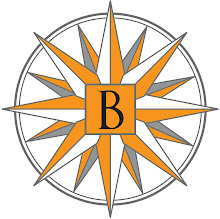 Consecutive features in the Army & Navy Chronicle of 1838:
Consecutive features in the Army & Navy Chronicle of 1838:SLAVE TRADE.—Her Britannic Majesty's ship Snake captured on the 23d Nov. the Portuguese brig Arraganta, from Gallinas, with 330 slaves; she had lost 140 during her passage, from dysentery. The prize was taken to Montego Bay. The British brig Sapo took off the east end of Jamaica, in the early part of December, a Spanish schooner with 260 Africans on board, and carried her into Port Royal. The British schooner Ringdove [pictured above] arrived at Kingston on the 21st, having taken off Mantanzas, Spanish brigs La Vincedora and Vigilante, with Bogal [in present-day Senegal] negroes on board, and sent them into Havana and Matanzas, where they were given up to the Governor.
*Samuel Scott (b. 1818) gained renown as "the American diver." His last feat was a dive off London's Waterloo Bridge in 1841, during which he was literally hung by his own noose in front of an incredulous crowd. Then he was known as "the unfortunate American diver," per caption below.















